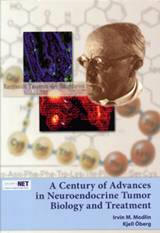
At the 100th anniversary of Oberndorfer’s extraordinary contribution, Professor Modlin invited three hundred leading international physicians and scientists to celebrate the “Karzinoide” discovery. These discussions, reflecting the current status of neuroendocrine tumor disease and cutting-edge developments in the understanding of amine and peptide secretion and suppression, as well as progress in the clinical management of the ubiquitous entity of carcinoid disease, are encapsulated in this book. This text edited with Professor Oberg presents a compendium of clinical and scientific information that summarizes the advances in neuroendocrine tumor biology, pathology and clinical practice in the last century. Both we and the distinguished physicians present acknowledge and celebrate the life and times of Oberndorfer, whose great accomplishment led to the elucidation of neuroendocrine tumor disease.

We have developed a PCR-based tool that measures a 51-gene panel for identification of gastro- enteropancreatic (GEP) neuroendocrine neoplasms (NENs) in peripheral blood. This manuscript assesses the robustness (performance metrics) of this tool with a specific focus on the effects of individual parameters including collection...
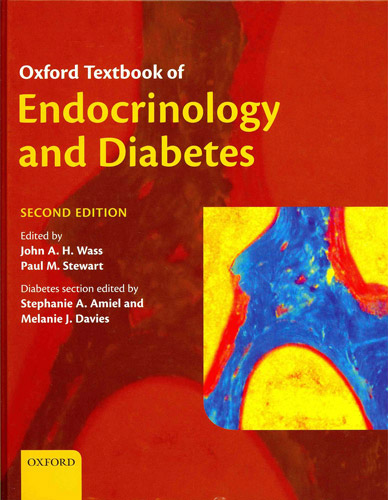
Increased knowledge about Neuroendocrine Tumor (NET) cellular biology and their genetic characteristics is the key to the evolution of therapy. The primary goal is the need to develop a surveillance test and identify sensitive blood-based markers that facilitate early diagnosis and can define prognosis. The obvious therapeutic goal is based upon the identification of molecular targets in a particular tumor and the development of effective tumor specific targeted therapeutic agents.
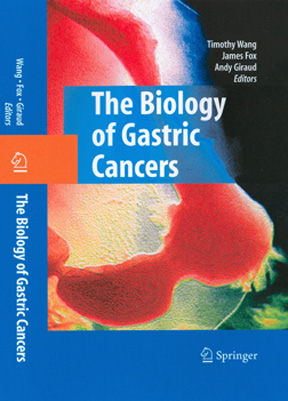
Gastric “carcinoids” or, as they are currently called “NENs” (neuroendocrine neoplasms) have, in recent times, become the subject of substantial clinical and investigative interest. This reflects global concerns regarding the consequences of prolonged hypochlorhydria, long-standing hypergastrinemia (increased use of acid suppressive pharmacotherapeutic agents) as well as the proposed putative relationship between gastric adenocarcinoma and gastric NENs.


Most information available to determine neuroendocrine tumor behavior reflects univariate assessment of factors or is anecdotal or experience based. There currently exists no objective multivariate analysis of indices that defines SI Neuroendocrine Tumor (NET) prognosis. A key unmet need is the lack of a rigorous...
Read Article

An accurate tumor marker is a critical tool in tumor management because it establishes an uncertain diagnosis, offers a basis for individual prognostication, signals response to therapy, and identifies relapse. In classical terms, a high-quality tumor marker should represent a biologic attribute unique to the tumor cell or its local environment...
Read Article

Gastroenteropancreatic (GEP) neuroendocrine tumors (NETs) are fairly rare neoplasms that present many clinical challenges. They secrete peptides and neuroamines that cause distinct clinical syndromes, including carcinoid syndrome. However, many are clinically silent until late presentation with mass effects...
Read Article

The term carcinoid (carcinoma-like) was introduced by Oberndorfer in 1907 to describe a tumor of the gastroin-testinal tract that was less aggressive than adenocarcinoma. The earliest clear description of carcinoid syndrome (flushing, diarrhoea, and bronchospasm) and carcinoid heart disease waspublished in the early...
Read Article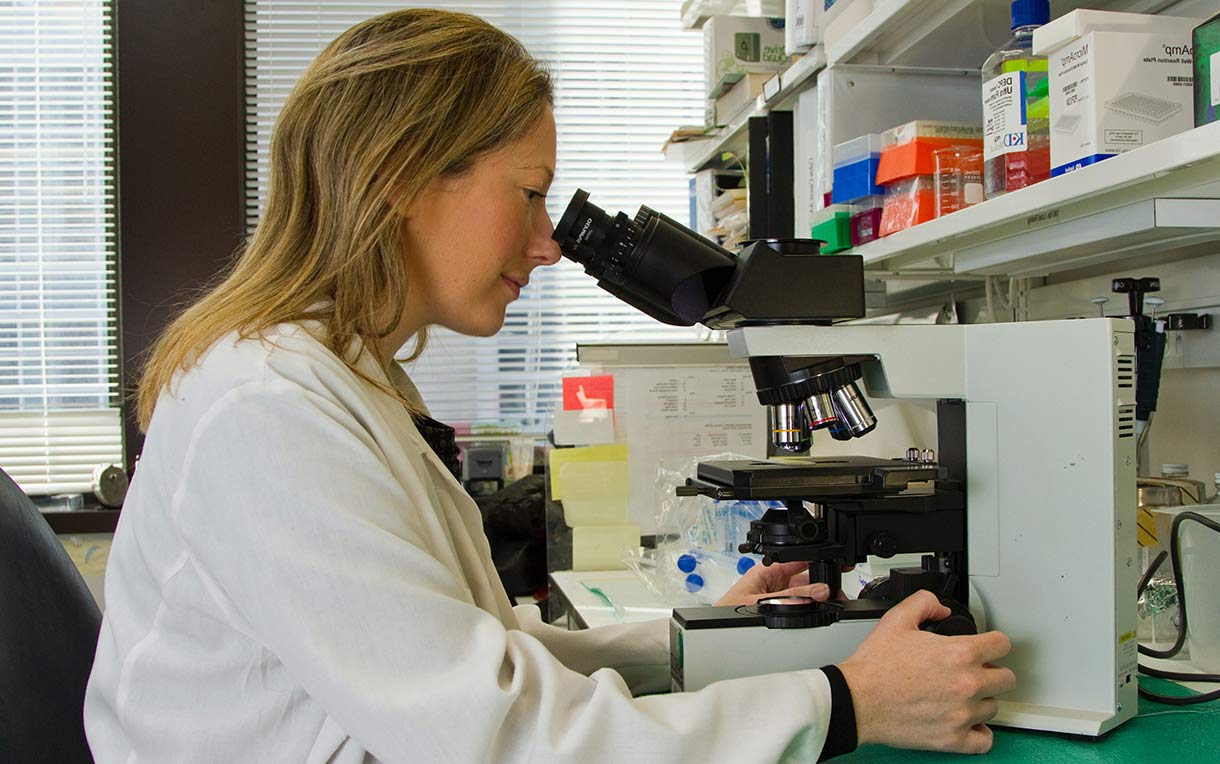

Carcinoids" are mostly slow-growing neuroendocrine neoplasms (NENs) with low proliferativeactivity. A wide range of therapeutic options with variable efficacy exist, including locoregional ablative strategies. Thereafter, some patients may not require medical therapy for years depending on the rate of progression or recurrence...


Gastroenteropancreatic neuroendocrine neoplasms (GEP-NENs) represent a heterogenous group of tumors arising from a variety of neuroendocrine cell types. The incidence and prevalence of GEPNENs have markedly increased over the last three decades. Symptoms are often absent in early disease, or vague and nonspecific even...
Read Article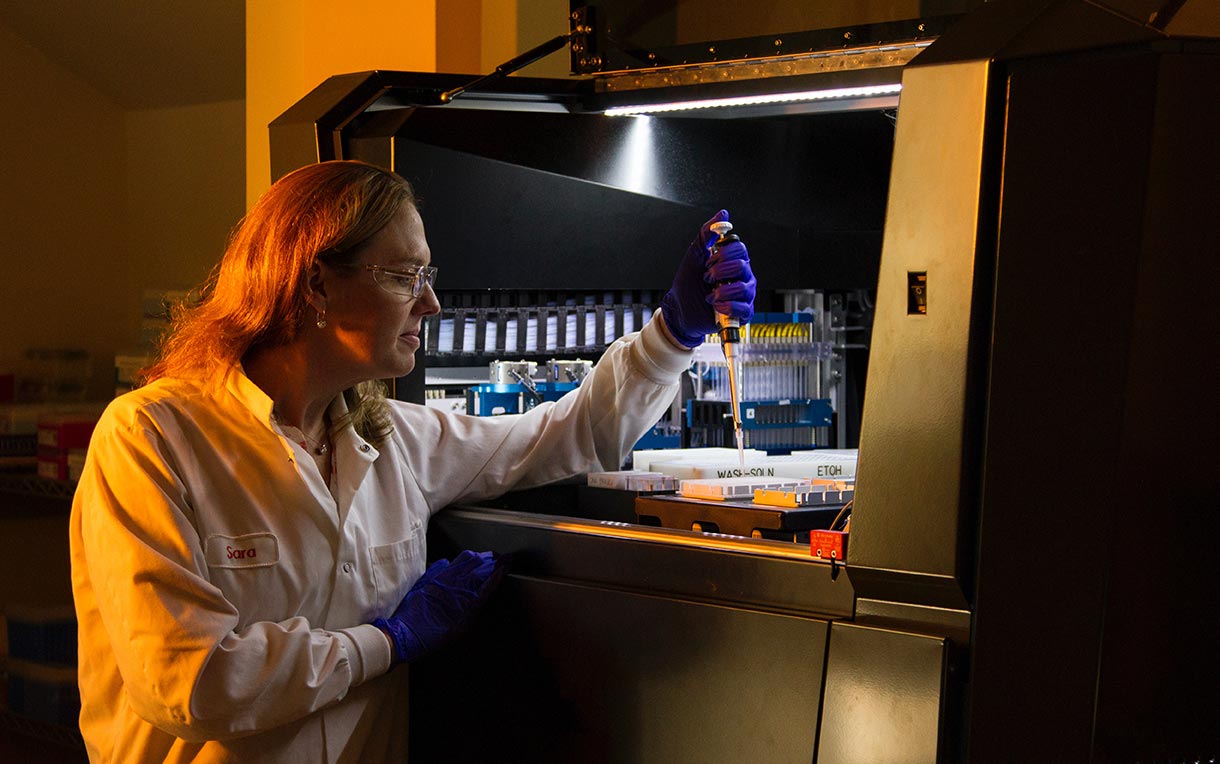

Background: The discovery of somatostatin (SST) and the synthesis of a variety of analogues constituted a major therapeutic advance in the treatment of gastroenteropancreatic neuroendocrine (carcinoid) tumours (GEP-NETs). They currently provide the most efficient treatment to achieve symptomatic relief...
Read Article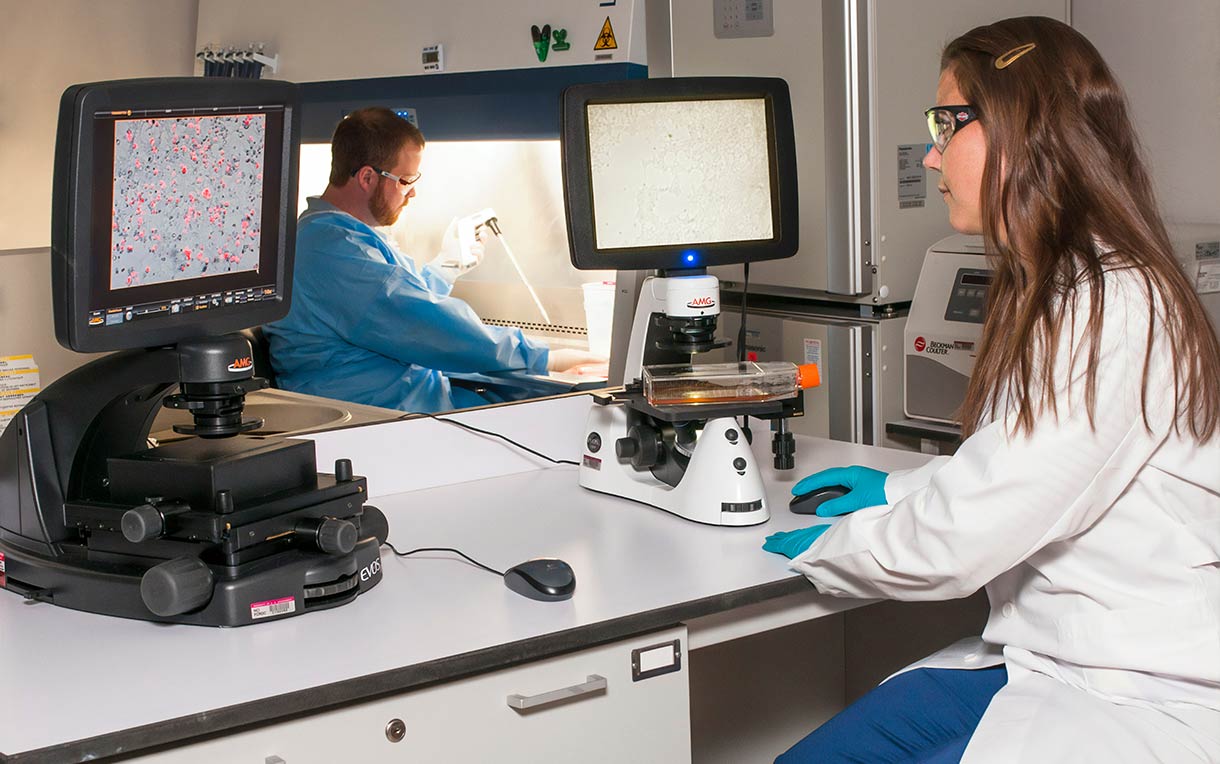

Many management strategies exist for neuroendocrine liver metastases. These strategies range from surgery to ablation with various interventional radiology procedures, and include both regional and systemic therapy with diverse biological, cytotoxic, or targeted agents. A paucity of biological, molecular, and genomic...
Read Article

A more accurate taxonomy of small intestinal (SI) neuroendocrine tumors (NETs) is necessary to accurately predict tumor behavior, prognosis and define therapeutic strategy. We identified a panel of such markers implicated in tumorogenicity, metastasis, and hormone production and hypothesized that transcript levels of...
Read Article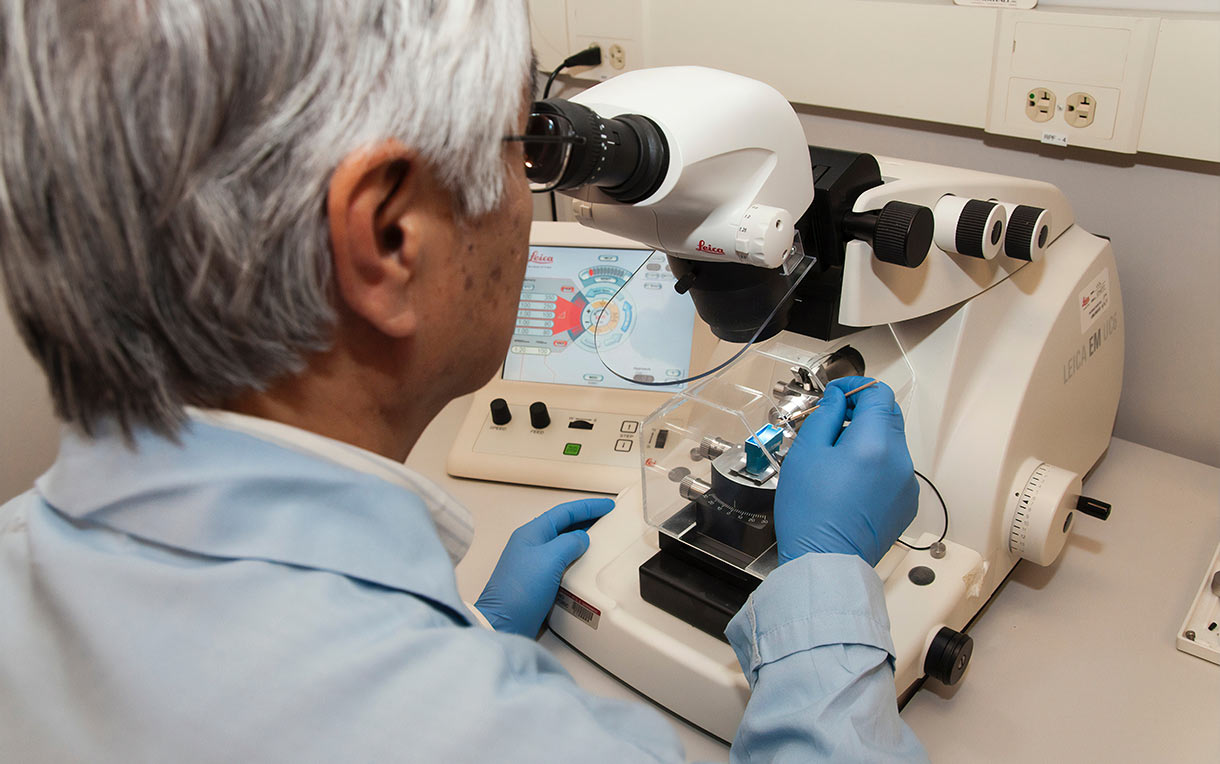

Small intestinal (SI) neuroendocrine tumors (NET) are increasing in incidence, however little is known about their biology. High throughput techniques such as inference of gene regulatory networks from microarray experiments can objectively define signaling machinery in this disease. Genome-wide co-expression analysis was used to infer gene...
Read Article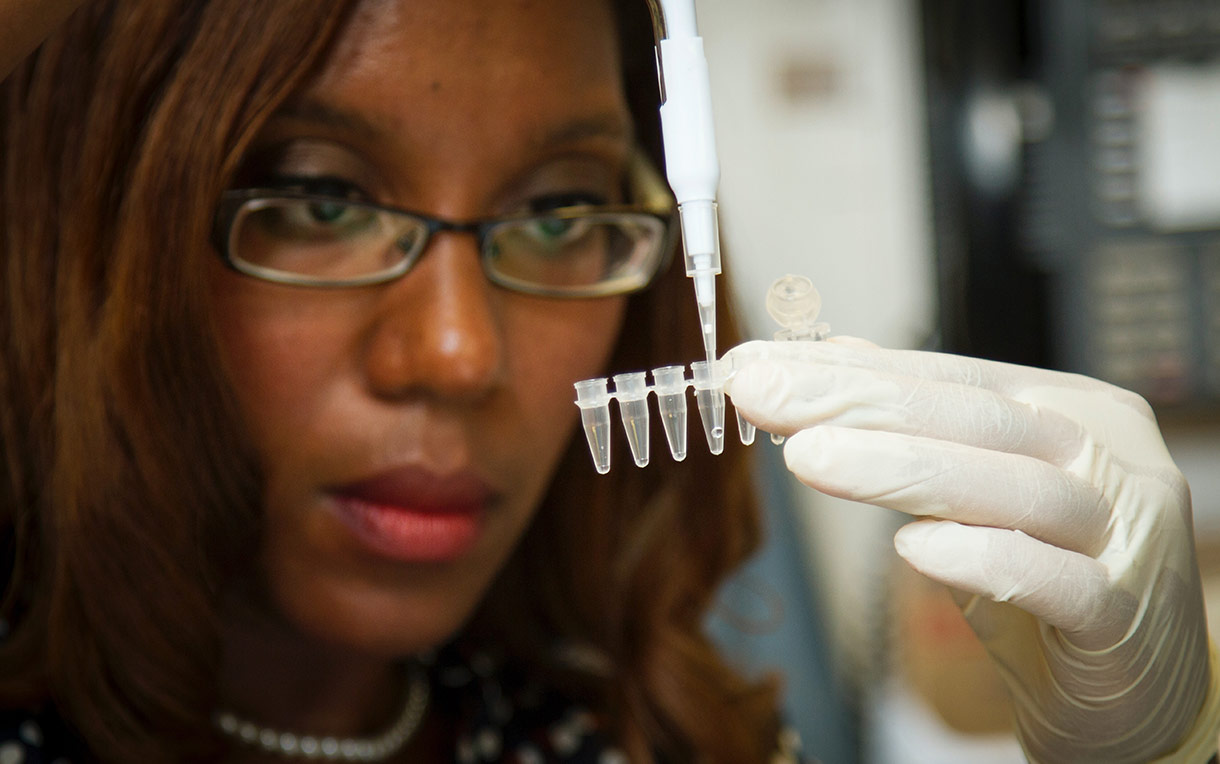

Neuroendocrine tumors (NETs) of the gastrointestinal (GI) system are increasing in incidence with minimal improvement in prognosis. Although the cell of origin has been identified as the enterochromaffin (EC) cell, its secretory and proliferative regulation has not been defined at a mechanistic level. To date, the BON cell line has been the most...
Read Article

Accurate neuroendocrine neoplasia (NEN) staging is vital for determining prognosis and therapeutic strategy. The great majority of NENs express chromogranin A (CgA) which can be detected at a protein or transcript level. The current standards for lymph node metastasis detection are histological examination after Hematoxylin and Eosin...
Read Article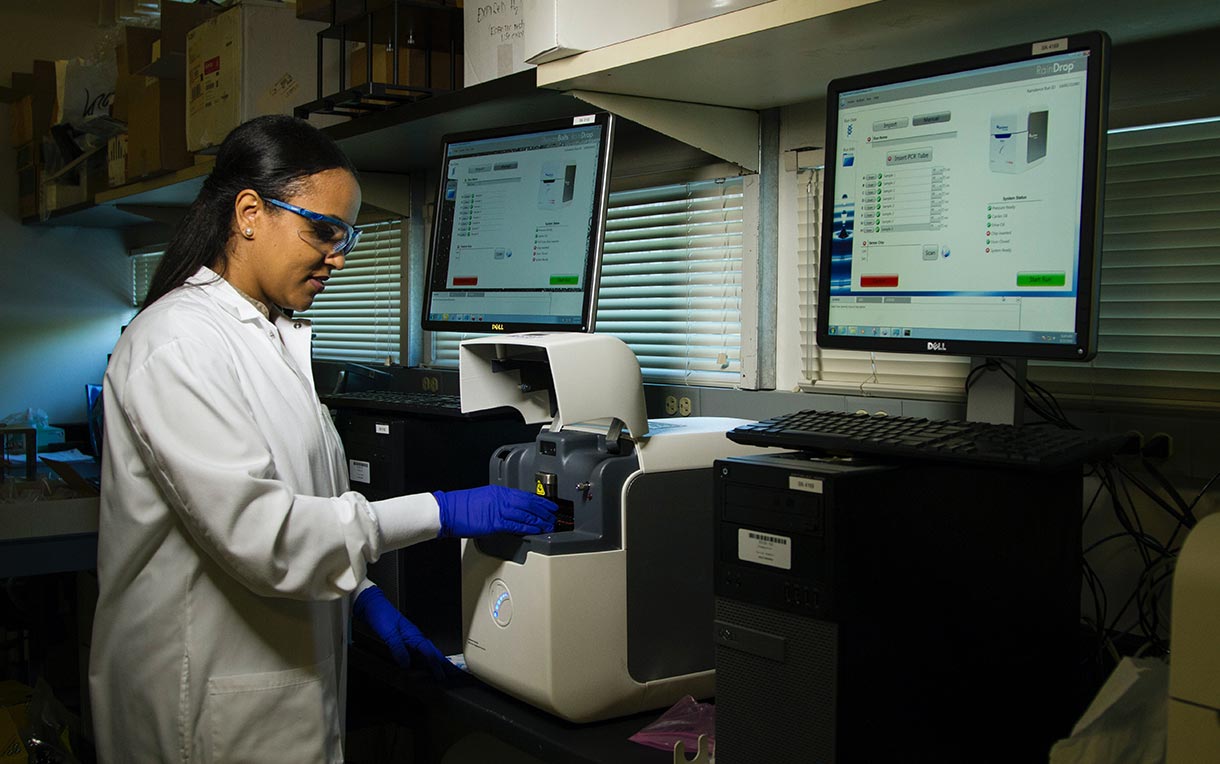

We sought to investigate whether detection of circulating messenger RNA (mRNA) alone or in combination with circulating NET-related hormones and growth factors could detect gastrointestinal Neuroendocrine Tumor (NET) disease. The small intestinal (SI) Neuroendocrine Tumor (NET) cell line KRJ-I was used to define the sensitivity...
Read Article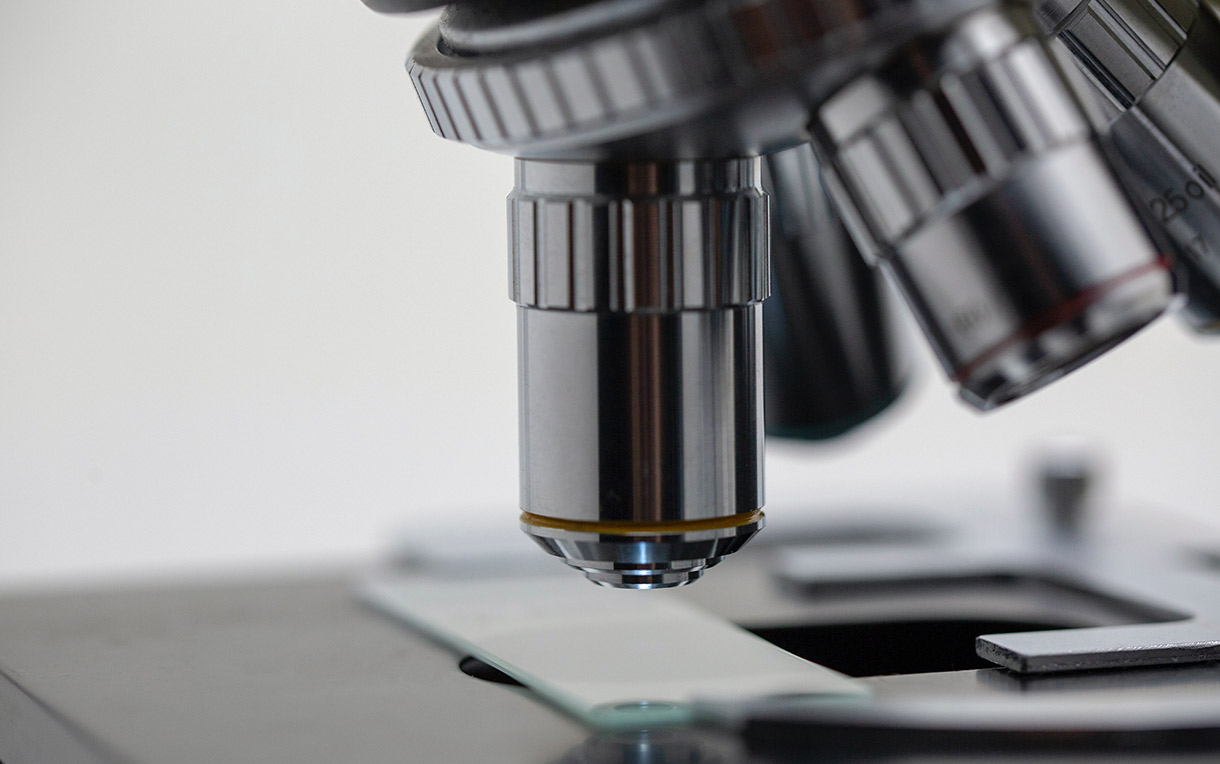

Platelet-derived serotonin (5-HT) is involved in liver regeneration. The liver is also the metastatic site for malignant enterochromaffin (EC) cell “carcinoid” (neuroendocrine) neoplasms, the principal cellular source of 5-HT. We tested whether 5-HT produced by metastatic EC cells played a role in the hepatic...
Read Article

Treatment of small intestinal neuroendocrine tumors (SINETs) with mammalian target of rapamycin (mTOR) inhibitors alone or with somatostatin analogs has been proposed as effective therapy, because both agents have been reported to exhibit antiproliferative activity. Because adenocarcinomas escape mTOR inhibition, we examined whether...
Read Article